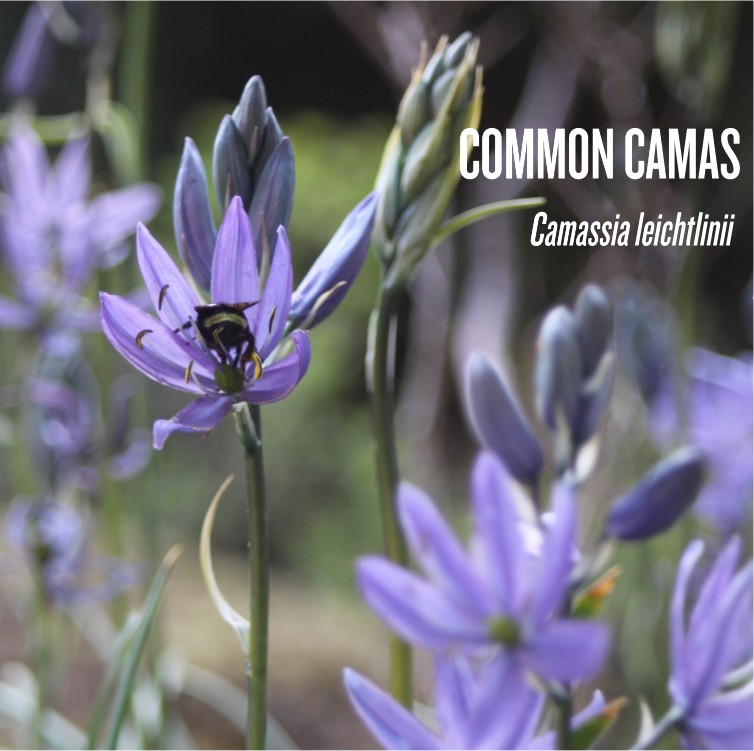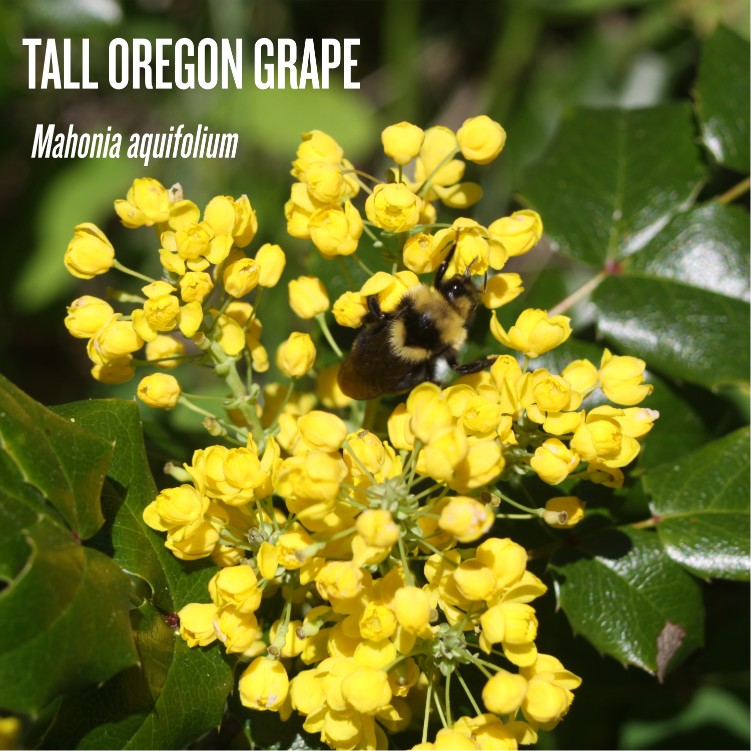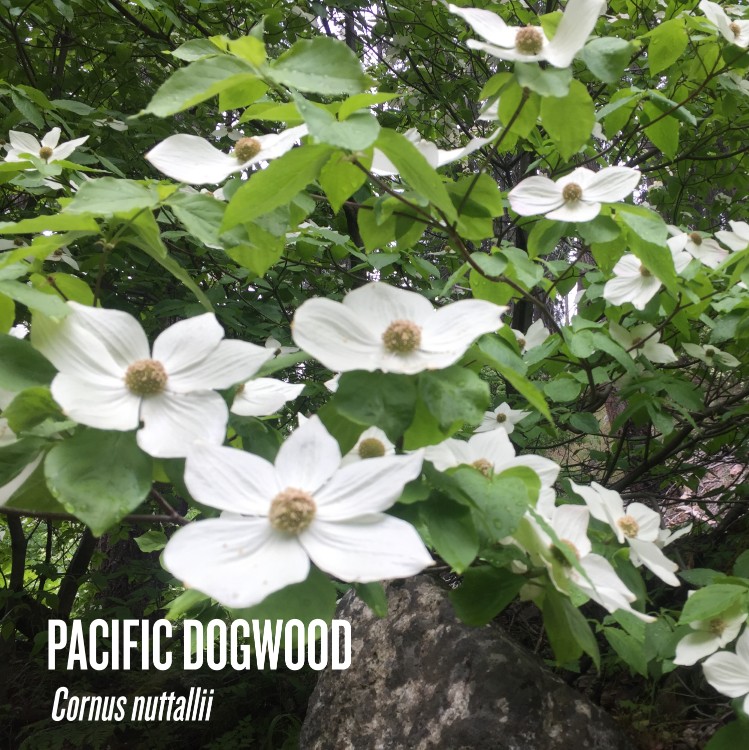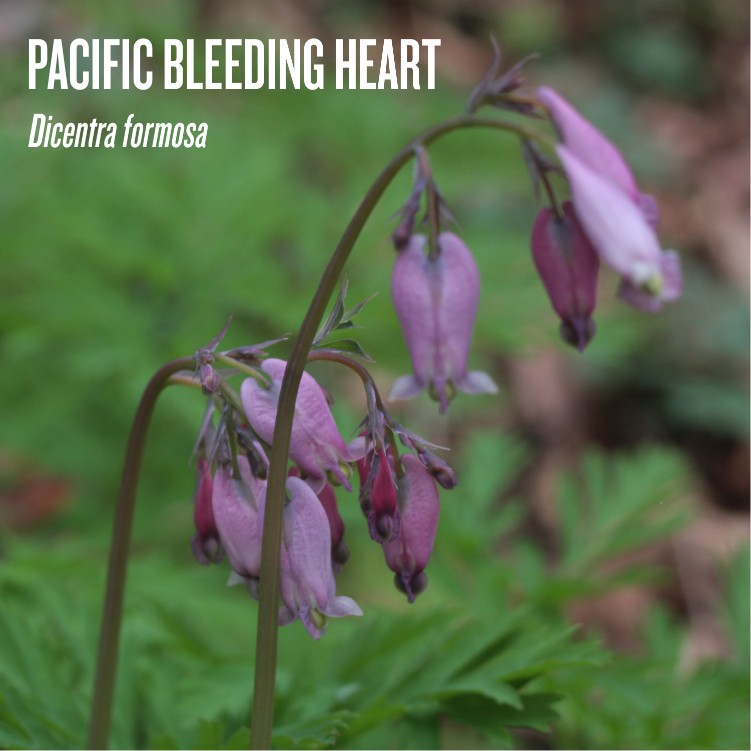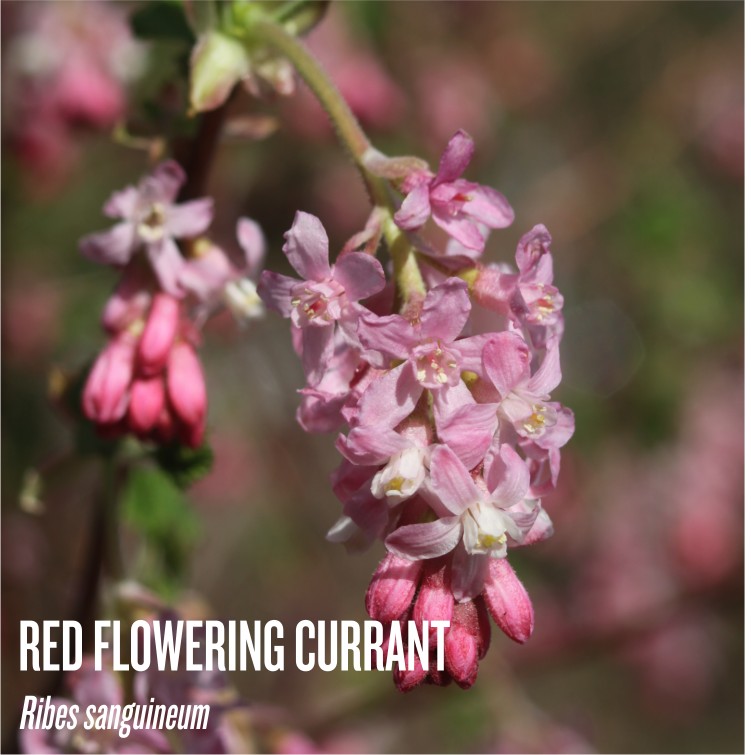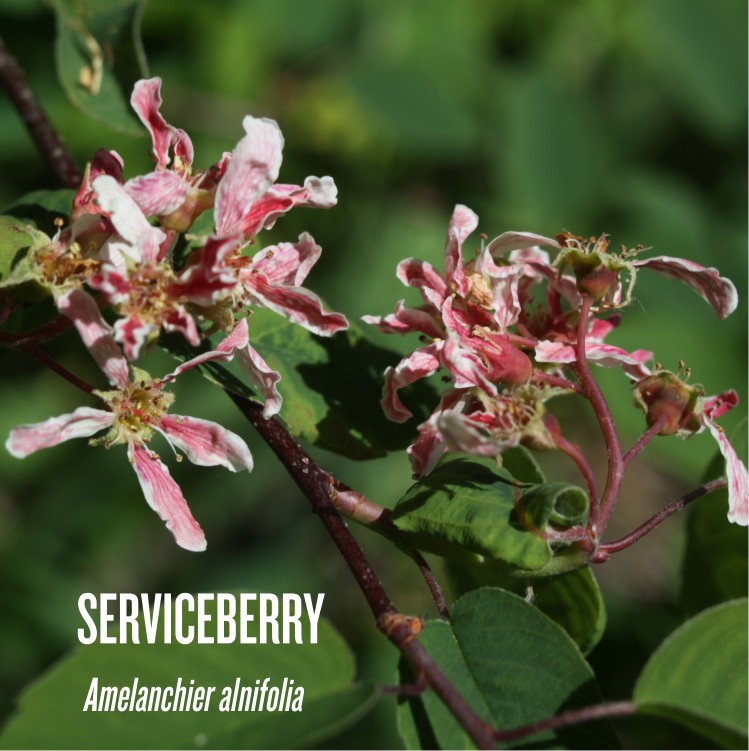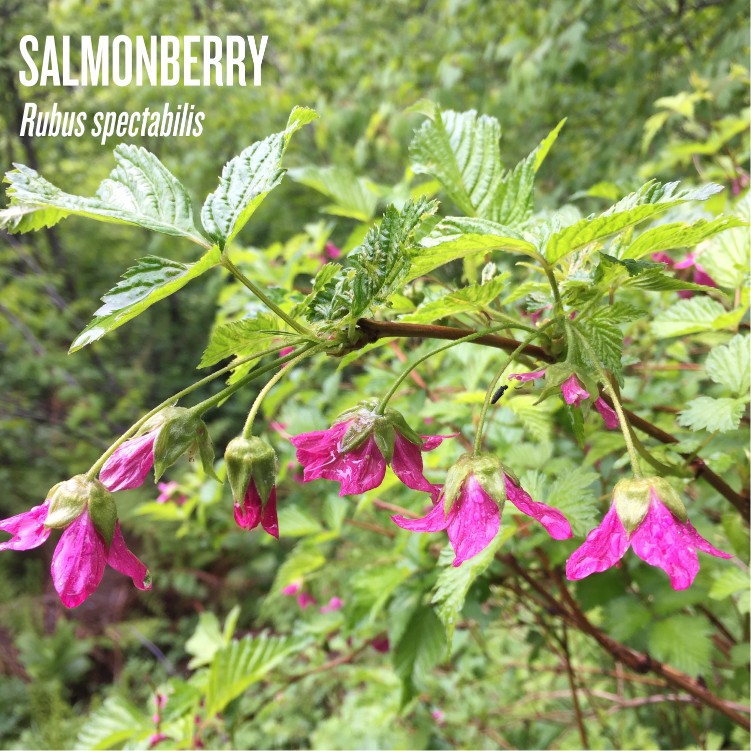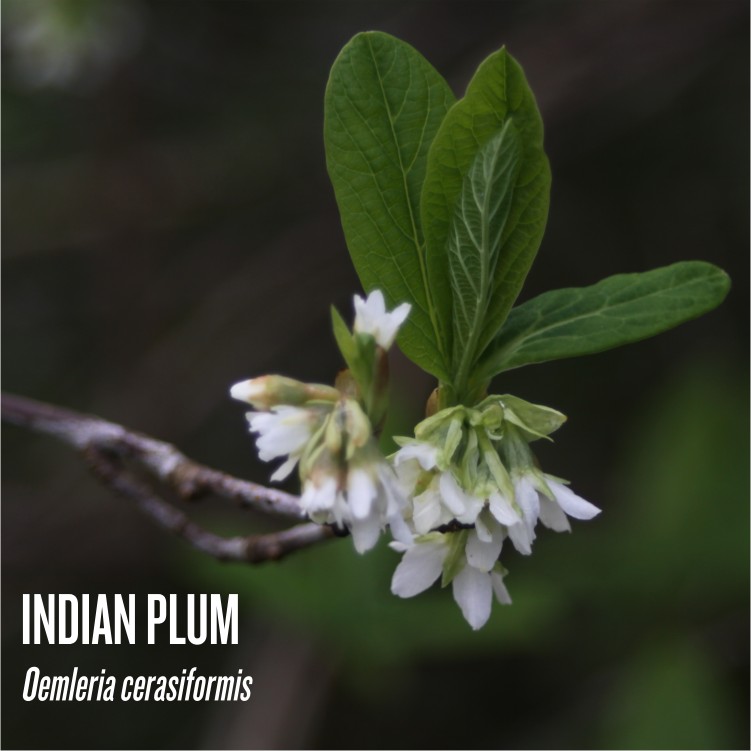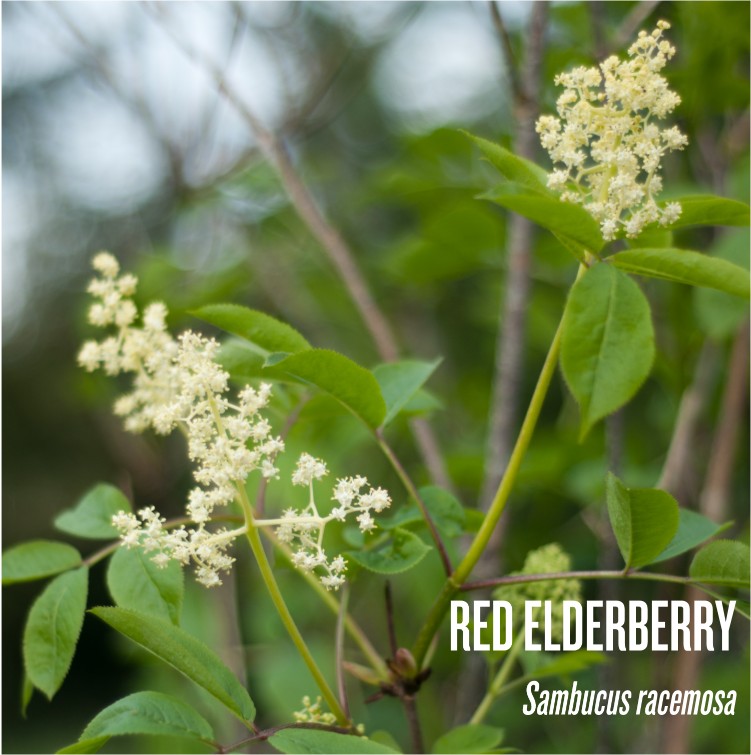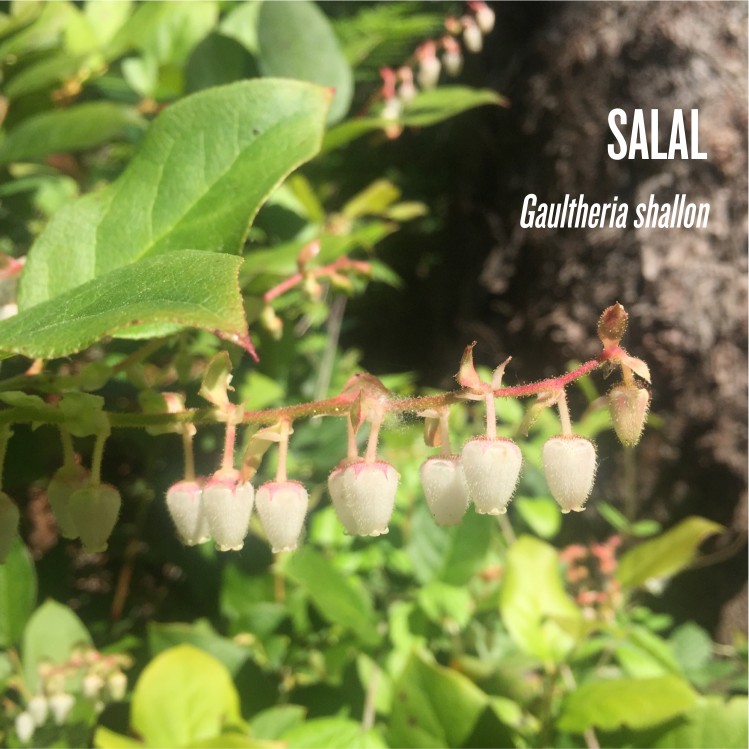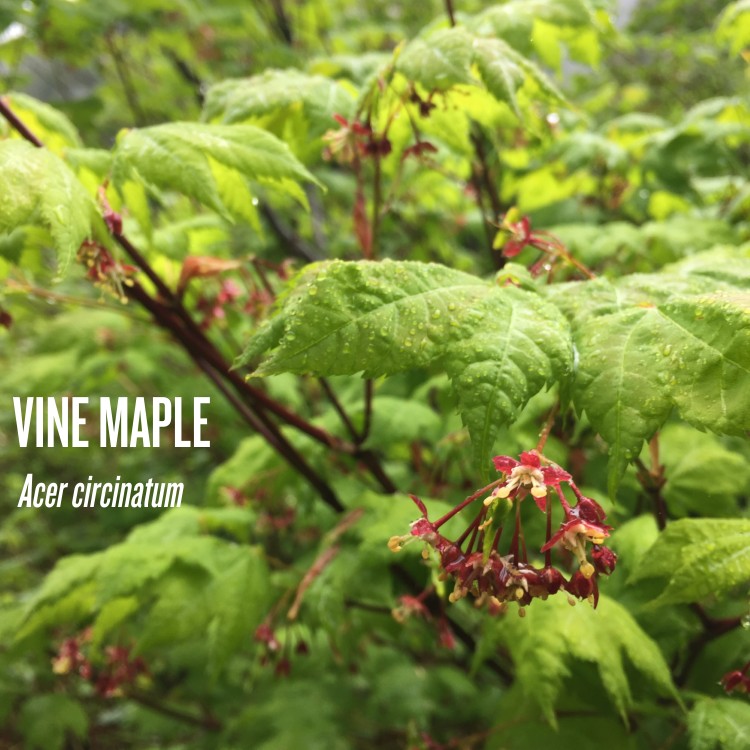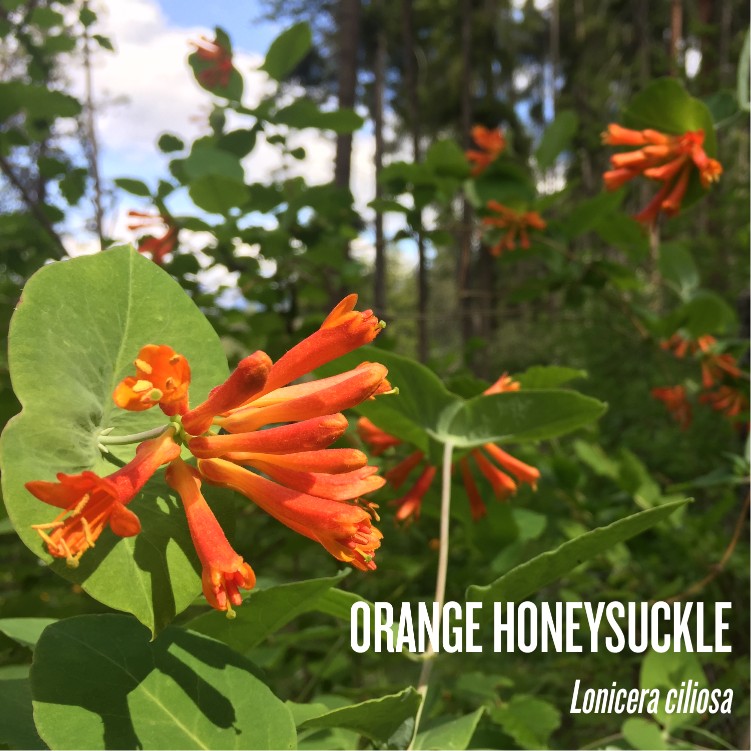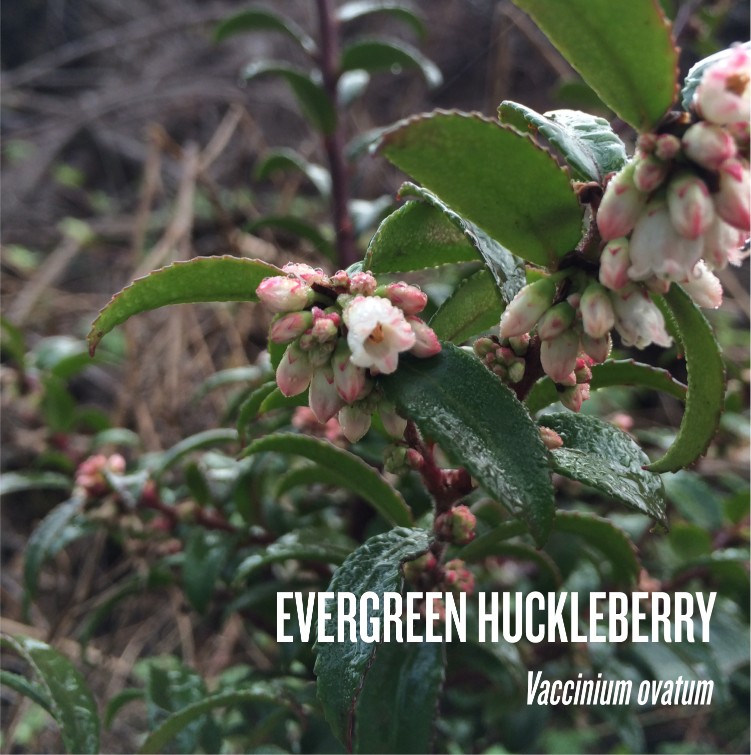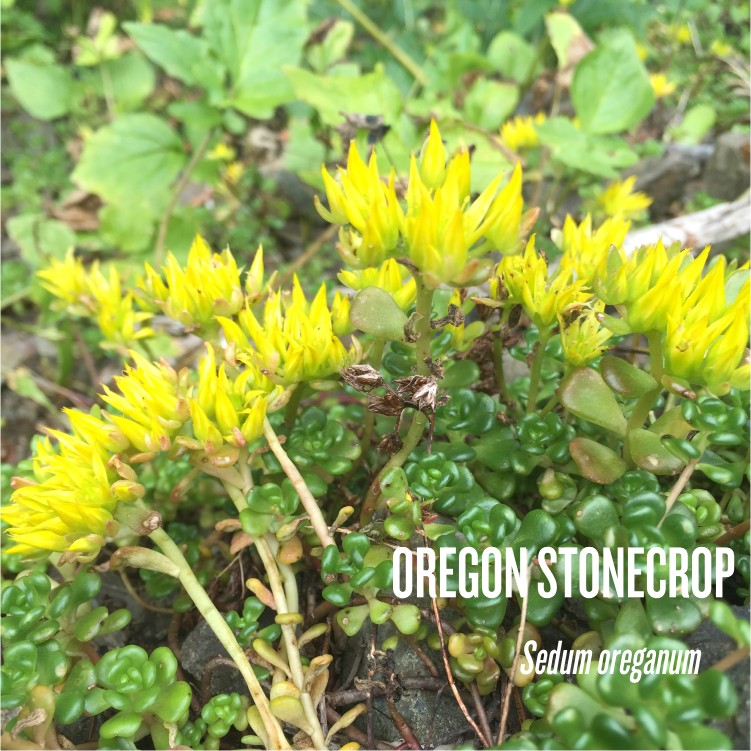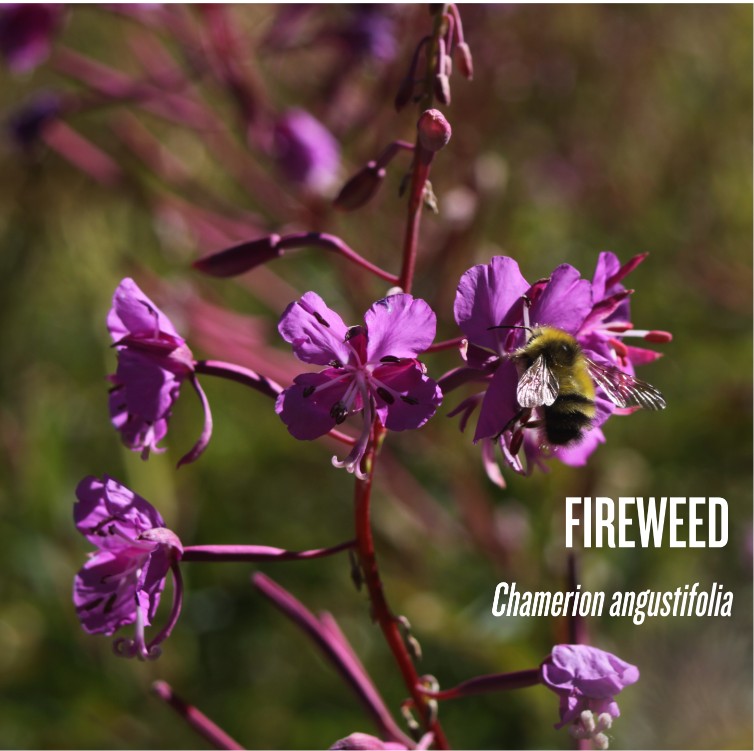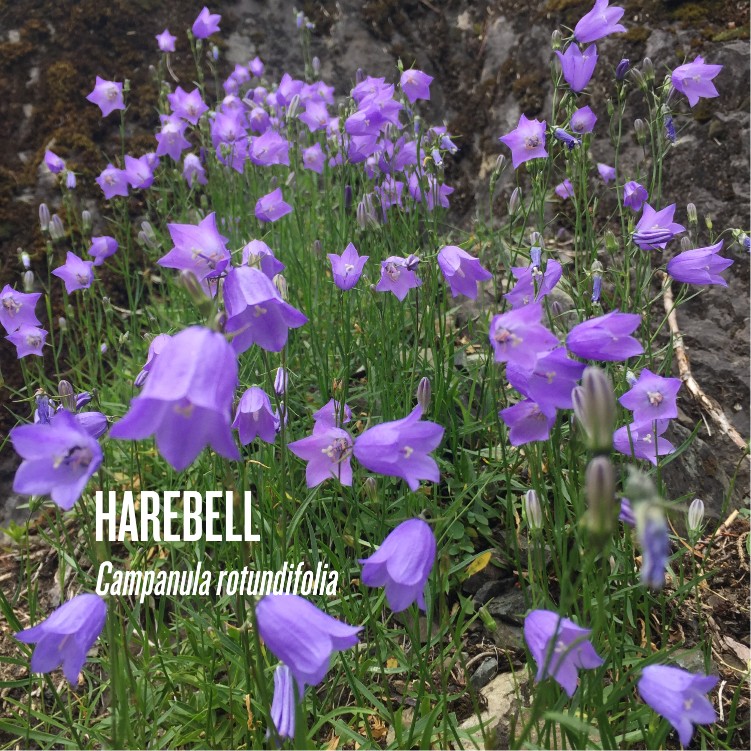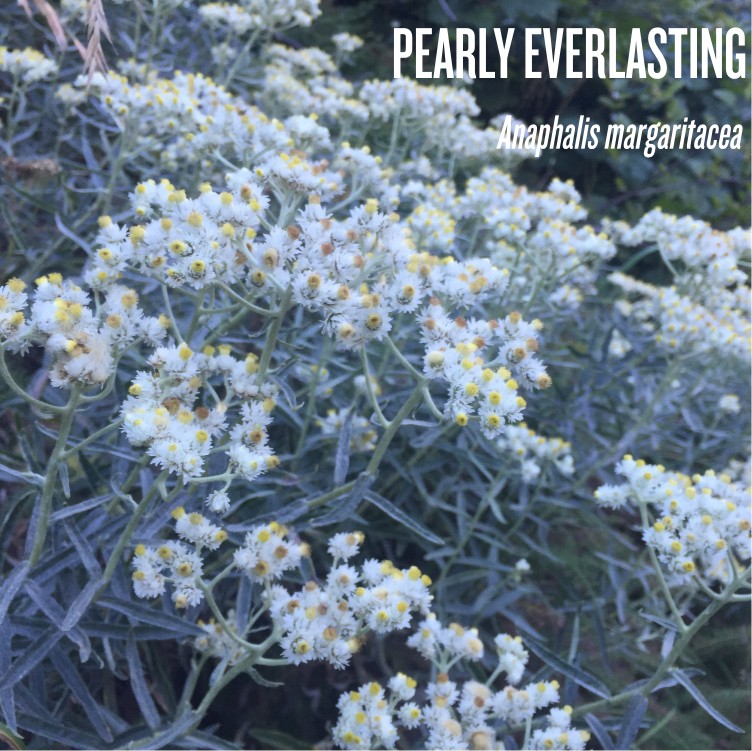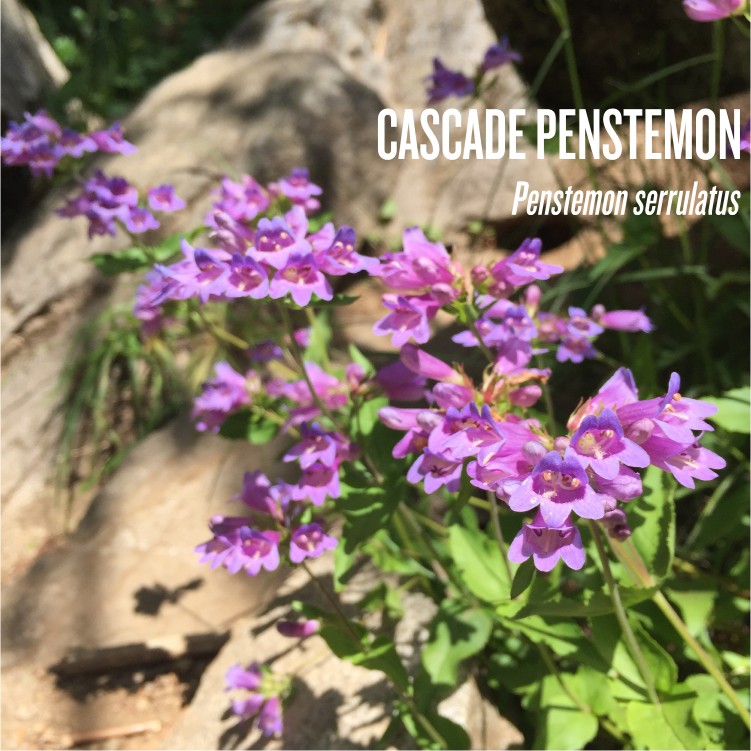 Both nationally and worldwide, experts are watching as pollinator populations are on a steady decline due to issues of pesticides, pollution, pests, diseases, and most glaringly habitat loss and fragmentation. As the Green Seattle Partnership works with the goal to restore and maintain forested parklands and designated natural areas of Seattle, we realize how critical our work is becoming in the fight to protect our native pollinators. While we remove invasive species, and maintain and plant native ones, we are in-turn helping to create habitat for the native bees, butterflies, moths, beetles, bats, and birds that provide invaluable ecosystem services for our communities.
Both nationally and worldwide, experts are watching as pollinator populations are on a steady decline due to issues of pesticides, pollution, pests, diseases, and most glaringly habitat loss and fragmentation. As the Green Seattle Partnership works with the goal to restore and maintain forested parklands and designated natural areas of Seattle, we realize how critical our work is becoming in the fight to protect our native pollinators. While we remove invasive species, and maintain and plant native ones, we are in-turn helping to create habitat for the native bees, butterflies, moths, beetles, bats, and birds that provide invaluable ecosystem services for our communities.
Creating pollinator habitat at a restoration site, or in your own backyard, is easy and can play a critical role in reversing the trend of pollinator population decline. It’s simple: the surest way to attract native pollinators to your garden is to plant native plants! These species evolved with one another, and together make our ecosystems flourish.
It’s important to remember that a successful pollinator garden will include a wide variety of uniquely-shaped and colored flowers that bloom from early spring to late fall. So we have created some helpful photo galleries which highlight the native plants that you can find blooming throughout various seasons. We also noted the types of habitat each native plant prefers, so that you can find the right options for you based on how sunny, shady, moist, or dry your garden may be.
There are so many native plants to choose from that creating a pollinator garden can seem daunting, but this colorful blog post makes it simple! Scroll through our photo galleries below, and get inspired to help plant for our pollinators!
Early Season Blooms
These native flowers typically bloom in early spring, from February to June.
Prefers Sunny/Dry Habitat: Serviceberry and Red Flowering Currant
Prefers Sunny/Moist Habitat: Pacific Dogwood, Salmonberry, and Common Camas
Prefers Shade/Moist Habitat: Woodland Strawberry, Bleeding Heart, and Henderson’s Shooting Star
Prefers Shade/Dry Habitat: Tall Oregon grape and Indian Plum
Mid-Season Blooms
These native flowers typically bloom in mid-spring to the end of summer, from April to August.
Prefers Sunny/Dry Habitat: Salal and Baldhip Rose
Prefers Sunny/Moist Habitat: Red Elderberry, Evergreen Huckleberry, Orange Honeysuckle and
Prefers Shade/Moist Habitat: Vine Maple, Black Gooseberry, and Red Columbine
Prefers Shade/Dry Habitat: Thimbleberry and Fringecup
Late Season Bloomers
These native flowers typically bloom in mid-summer to fall, from June to October.
Prefers Sunny/Dry Habitat: Broadleaf Lupine, Oregon Stonecrop, and Harebell
Prefers Sunny/Moist Habitat: Fireweed and Cascade Penstemon
Prefers Shade/Moist Habitat: Cow Parsnip and Douglas Aster
Prefers Shade/Dry Habitat: Pearly Everlasting
Looking for more ideas on which native plants can help attract pollinators to your garden? Our partners at EarthCorps have put together a helpful guide on restoring habitat for native pollinators, which includes extensive lists on native plants to choose from. Check out this blog post written by the guide’s co-author, Matthew Schwartz, to learn more about best practices for our pollinators that you can utilize in your own backyard!
Native Plant and Pollinator Photo Credit: Nicole Marcotte, Green Cities Project Coordinator at Forterra

